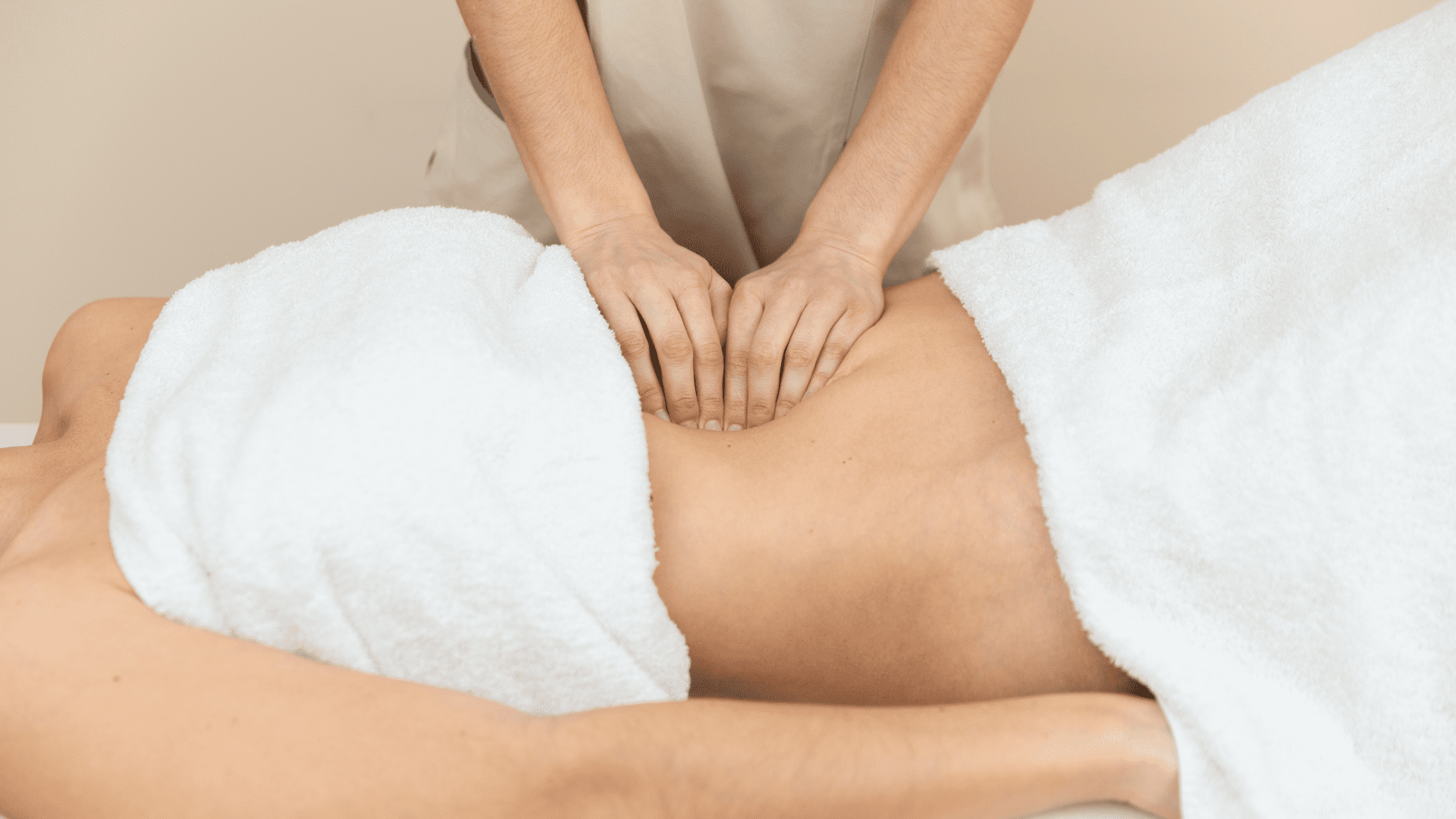As holistic medical systems such as acupuncture and Chinese medicine have emphasized for more than 2000 years, the state of the mind and emotion is intimately connected with the health and wellness of the body. This approach to healing the whole person—the mind, emotions and body—is essential for addressing the stress caused by our modern lifestyles.
Combining acupuncture & psycotherapy
The combination of acupuncture and psychotherapy is especially well suited to this approach. It is ideal for people who want to:
- Reduce stress, anxiety, depression and their physical manifestations
- Experience results that are sustainable over time
- Achieve optimal wellness and inner balance
When patients receive both acupuncture and psychotherapy, we have found they experience:
- Greater ability to make progress in therapy—to engage with, release, and heal core-level mental and emotional suffering
- Faster relief from common associated physical symptoms such as insomnia, headaches, muscle pain and digestive issues
- Smoother transitions off of SSRIs and other medications
“The majority of physical diseases are caused by internal emotional factors.”
– Classical Chinese Medical Saying
The Mind-Body Connection
How are the mind, emotions and body related?
Negative mental perceptions and traumatic experiences can create difficult emotional states, such as anxiety, depression, worry, sadness, fear, anger, paranoia and confusion.
These emotional states in turn ripple through the body. When the body is overwhelmed by any particular emotional state, it reacts by manifesting physical symptoms. Physical reactions to emotional states can include:
- Headaches
- High blood pressure
- Neck, shoulder and back pain and tension
- Digestive problems
- Insomnia
- Low libido and sexual problems
- Other physical health issues
Likewise, if the physical condition of the body becomes imbalanced, this may cause ripple effects on the emotional and mental levels. This is why people often feel greater emotional and mental wellbeing after physical movement, breathing exercises and eating well.
This interconnected matrix of mental-emotional-physical reactions is responsible for the great majority of chronic illness and mental health problems that face the average person today. Commonly referred to as “stress,” the condition is called “anxiety” or “depression” or is given other labels as the intensity increases.
Emotions Hide in The Body
It is a common insight in the holistic medical field that emotions hide in the body. When we are overwhelmed by an emotional state that we cannot process sufficiently, we push it beneath our conscious awareness. It then hides in the body in the form of core-level physical tension, and vague free-floating feelings of uneasiness, feeling out of imbalance, and feeling that things don’t seem quite right. Caroline Myss, a well-known medical intuitive, refers to this connection in her statement that “our biography becomes our biology.”
To gain sustainable, long-term healing, it is essential to address these hidden emotions.
More and more, people are becoming aware of this phenomenon and how it impacts the quality of their lives. This greater awareness leads many people to want to heal and fully release these embodied negative emotional states. The combination of acupuncture and psychotherapy is perfect for helping people interested in doing this inner work and healing.
Acupuncture and Psychotherapy: How They Work Together
Acupuncture
Acupuncture and Chinese medicine use a wide range of techniques to release blocked energy in the system of energy channels that run throughout the body. Using acupuncture, acupressure, Chinese herbs, exercise and dietary suggestions, and guided breathing and meditation, acupuncture treatment addresses both the mind and body.
Using Acupuncture to help release of tension
The essential effects of acupuncture are to release tension at the core of the body. This effect occurs in almost every acupuncture session. Core-level tension of the muscles, fascia and organs is almost always directly caused by mental and emotional factors. It’s responsible for the majority of stress-related symptoms mentioned above, such as headaches, fatigue, insomnia, neck and back pain. It’s also directly responsible for the symptoms of stress, anxiety and depression.
As the body releases these subtle layers of tension, physical and mental symptoms lessen and can often do so dramatically—sometimes immediately. In many cases, significant progress occurs within 4–6 weeks. Complex and long-term issues may take much longer to see major and sustained improvement, up to 6–12 months of treatment.
This same release and unwinding of core-level tension may also be accomplished through acupressure, Chinese herbs, breathing, meditation, and dietary and exercise changes. The acupuncturist provides each patient with a wide variety of tools to maintain and deepen this core level relaxation between appointments.
However, many times acupuncture is not sufficient by itself to create sustained and long-term healing. If a person does not put in the work to address the mental, emotional and behavioral patterns that created the health issue in the first place, the body will re-accumulate the core level tension that it released during the acupuncture treatment, and the problems will return.
Psychotherapy uses a variety of approaches to directly address these mental, emotional and behavioral patterns, making psychotherapy and acupuncture excellent partners in the healing process.
Psychotherapy
The psychotherapist understands trauma as any experience that leaves the client feeling overwhelmed and unable to cope as he or she normally would, leading to unhealthy, self-defeating patterns. In this sense of the word, trauma occurs every day in repeated or prolonged interpersonal or workplace conflict. More extreme examples of trauma are life-threatening or violent experiences outside the realm of normal daily life.
Stressful and negative emotional, thought and behavior patterns often have their root in earlier traumas that remain stuck in memory networks in the brain. The psychotherapist, especially when using experiential psychotherapy techniques such as Eye Movement Desensitization and Reprocessing (EMDR) and Intensive Short Term Dynamic Psychotherapy (ISTDP), employs a variety of methods to help the client directly heal these underlying patterns. These methods include:
Helping the client cultivate greater mindfulness and awareness of:
- Body sensations
- Emotional states
- Thought patterns
- Behavior patterns
Helping the client gain insight into:
- How past traumatic experiences are affecting the client in the present moment in the realm of body, emotions, thoughts and behaviors
- How the client can neutralize the negative impact of these past traumas, allowing for the healing, change and rebalancing of the body, emotions, thoughts and behaviors
Creating a safe, empathic space for the client to experience:
- Surfacing of difficult emotional and mental states
- Release of these difficult emotions and thoughts
Experiential psychotherapy helps patients develop greater mindfulness
Greater mindfulness allows them awareness of their in-the-moment physiological and emotional experience. Through this increased awareness of their inner experience, patients gain a greater capacity to understand how present-day stress, anxiety, depression and other issues are being caused by past traumatic experiences.
By helping the client bring the present experience into conscious awareness, the therapist provides a space for the client to create new memories. The therapist creates a safe, empathic environment where the client can deeply feel and express any repressed emotional states that need to rise to the surface. As these hidden emotional states release and heal, the client develops a renewed sense of self-compassion.
Since emotional states are often stored and hidden in the body, this approach to therapy also focuses on helping clients develop greater awareness of their bodily sensations in the present moment. To accomplish this, clients learn the skill of consciously tracking body sensations and understanding how they are connected to emotional states, thought patterns and behaviors.
Eventually, clients obtain insight into how past traumatic experiences create unconscious responses in the present moment.
As a result of this process, clients gain access to the healthy observing self and the ability to mindfully attend to their internal experience.
This process heals symptoms of emotional imbalance, promotes affective transformation, creates higher levels of overall wellness, changes unhealthy behavior patterns and enables more adaptive functioning.
Conclusion
In summary:
Acupuncture
- releases core-level tension at the level of the body and energy system
- creates a physical experience of emotional peace and inner balance
- provides physical and chemical ways to maintain inner balance through Chinese herbs and dietary recommendations
Psychotherapy
- increases self-awareness at the level of the body, emotions and thoughts
- helps the client experientially understand the connections between past trauma, thought patterns, challenging emotional states and negative behavior patterns
- provides a safe, empathic space where the client can consciously heal past traumas, thus creating peace and balance in the present moment
When these techniques are used together, clients are able to both consciously understand and heal their mind, emotions and behavior (psychotherapy), while releasing the core-level physical and energetic tension that has accumulated due to past trauma (acupuncture). Acupuncture offers a natural way to heal the physical side effects of stress, anxiety and depression, while psychotherapy helps the client heal these conditions at their root.
This mutually reinforcing support allows clients to sustain the intensive and very challenging efforts needed to heal from past traumas and current stress, anxiety and depression. The healing of mind and body is the result.








